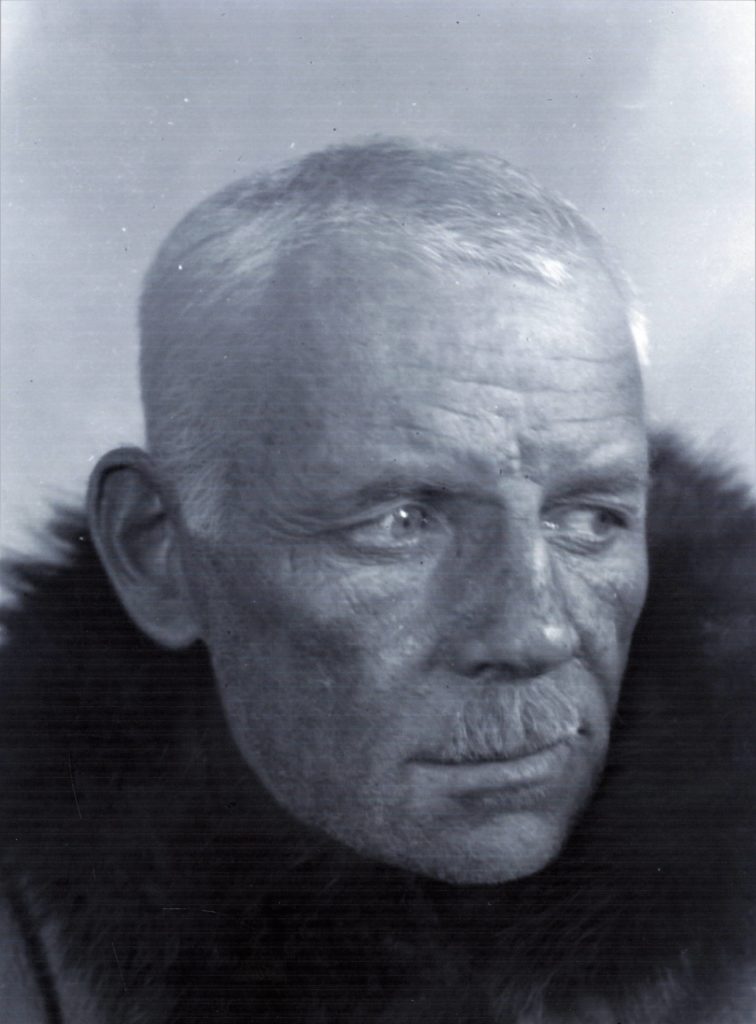Burwash? I was aware that he was a mining recorder at Silver City after gold was discovered in the Kluane district.
Lachlan “Lockie” Taylor Burwash was born September 5, 1874, the son of Nathanael Burwash, an influential Methodist theologian, and chancellor of Victoria College, later part of the University of Toronto.
By early 1900, he was working in the Dawson mining recorder’s office; in late February, he was dispatched to Stewart City to run the mining recorder’s office.
When gold was discovered in the Kluane district in 1903, Burwash was appointed assistant gold commissioner, to be stationed at a strategic location in the new goldfields, yet to be selected.
Frequent references are found in the Whitehorse newspaper during the ensuing years attesting to his involvement in curling, baseball, billiards and cribbage.
He and his bride, Helen, returned to Whitehorse, and late in the summer of 1906, she accompanied him on a two-week trip to Teslin to attend to mining affairs in that area.
By 1907, Burwash had been elevated to assistant gold commissioner for the Whitehorse district .
In the fall of 1908, Burwash went on an extended trip to the White River region north and east of Kluane, again accompanied by his wife.
Lockie and Helen left Whitehorse, traveling by horse-drawn buckboard, on September 6, reaching Silver City four days later.
They had planned to continue by horse to Swede Creek near Dawson, but instead, they joined a party of miners leaving the White River mining camp by boat, and reached the Yukon River September 27.
Lockie’s younger brother, a Dominion land surveyor, relocated to Whitehorse for several years.
The Burwashes left Whitehorse for Toronto with their newborn daughter in September of 1909, but Lockie returned to work in Whitehorse after traveling as far as Vancouver.
In June of 1912, Burwash officially resigned his post with the government, possibly in response to yet another change of government administration.
At age of 41 years, Lockie Burwash enlisted as an officer in the Canadian Expeditionary Force during the First World War.
Burwash travelled to Fort Norman in 1921 and over the following year, he supervised the drilling for and discovery of oil.
In 1927, he went back to Hudson Bay, to conduct a geological exploration of the east side of the bay, including James Bay, with a side trip to examine iron deposits on the Belcher Islands.
During 1928-1929, he traveled by schooner from the mouth of the Mackenzie River to King William Island and the Boothia Peninsula, where he was able to confirm the location of the magnetic north pole.
Unfortunately, Burwash’s accomplishments were overshadowed by those of other Arctic explorers, perhaps most notably, Vilhalmur Stefansson and Roald Amundson.
His latest book, “Dublin Gulch: A History of the Eagle Mine,” received the Axiom Business Book Award silver medal for corporate history.
